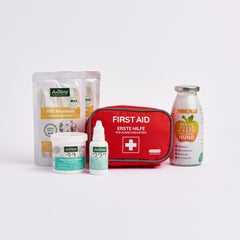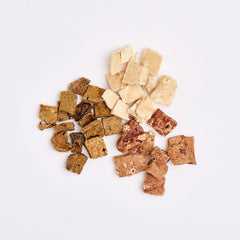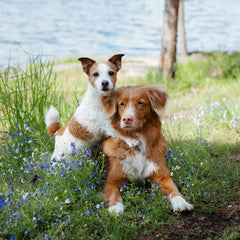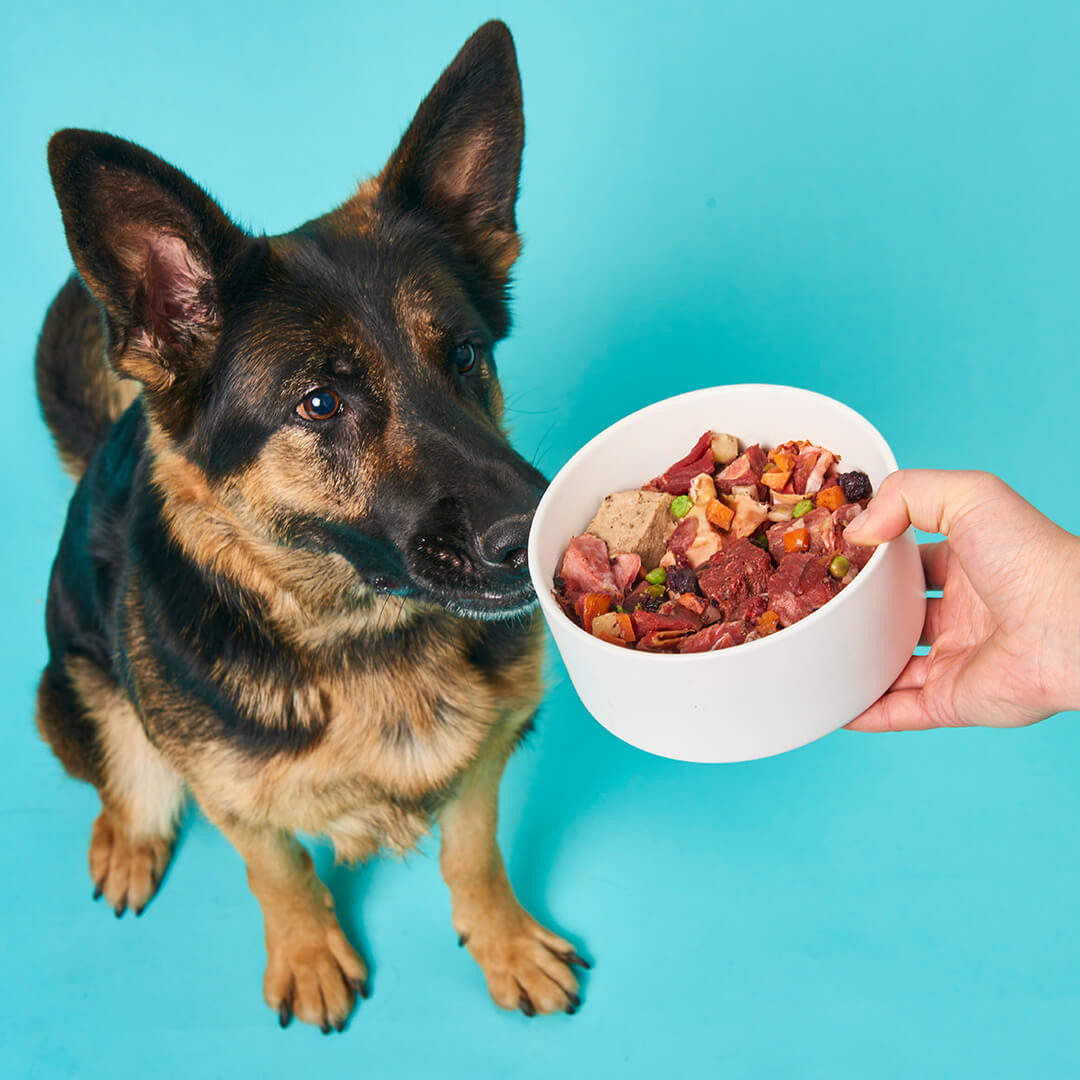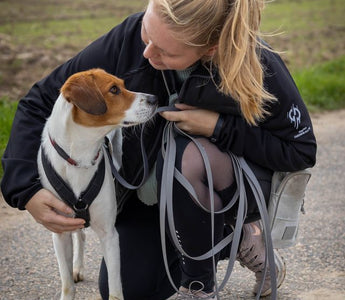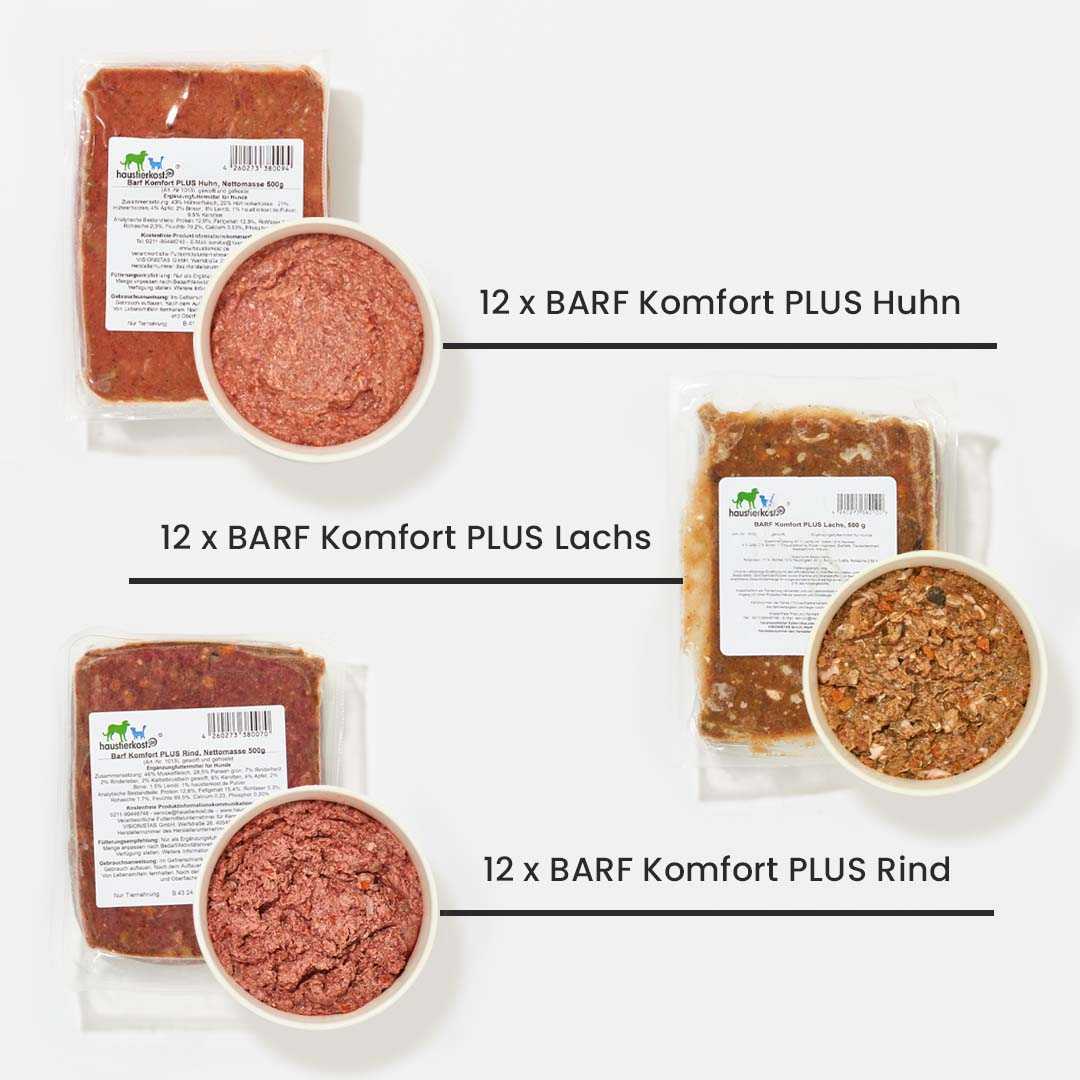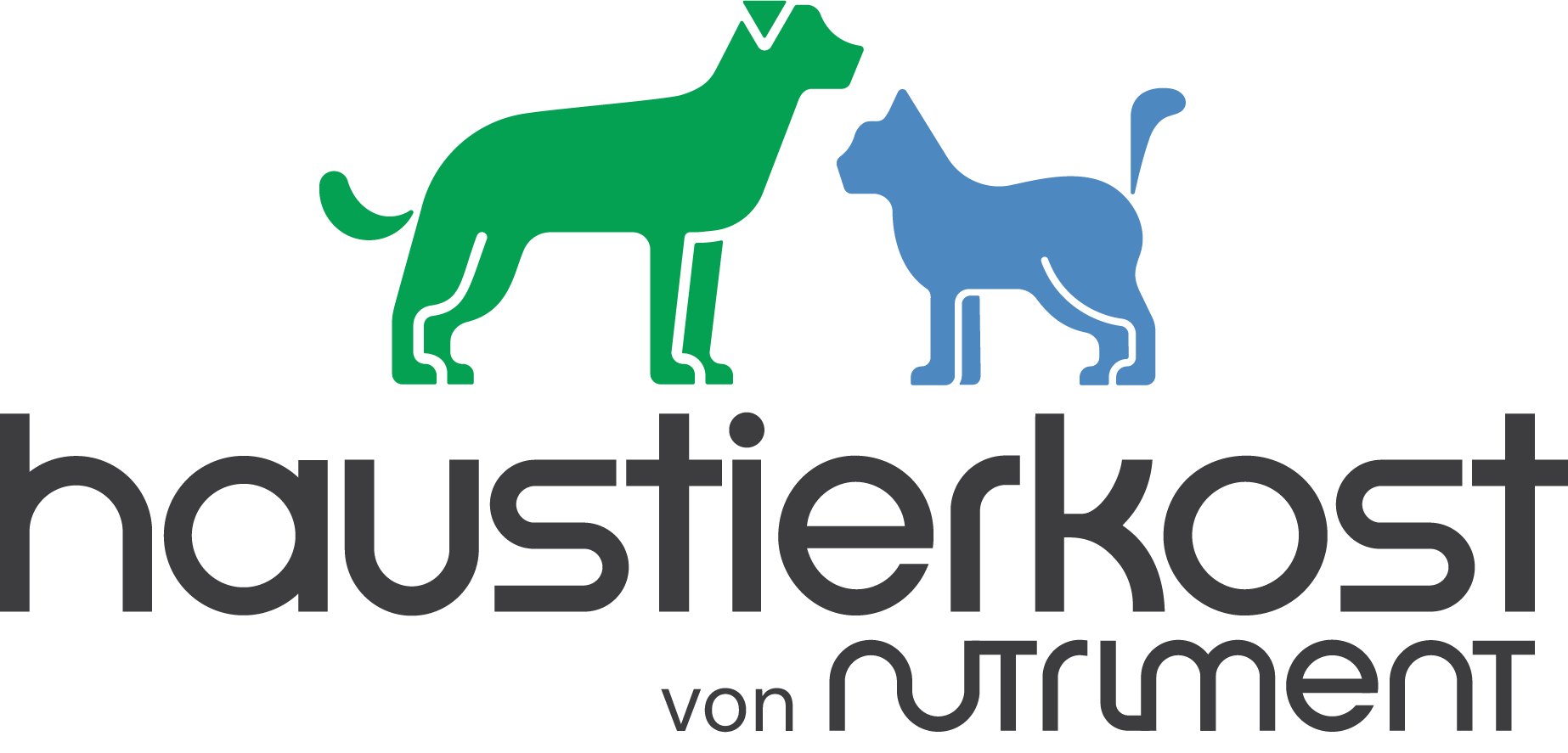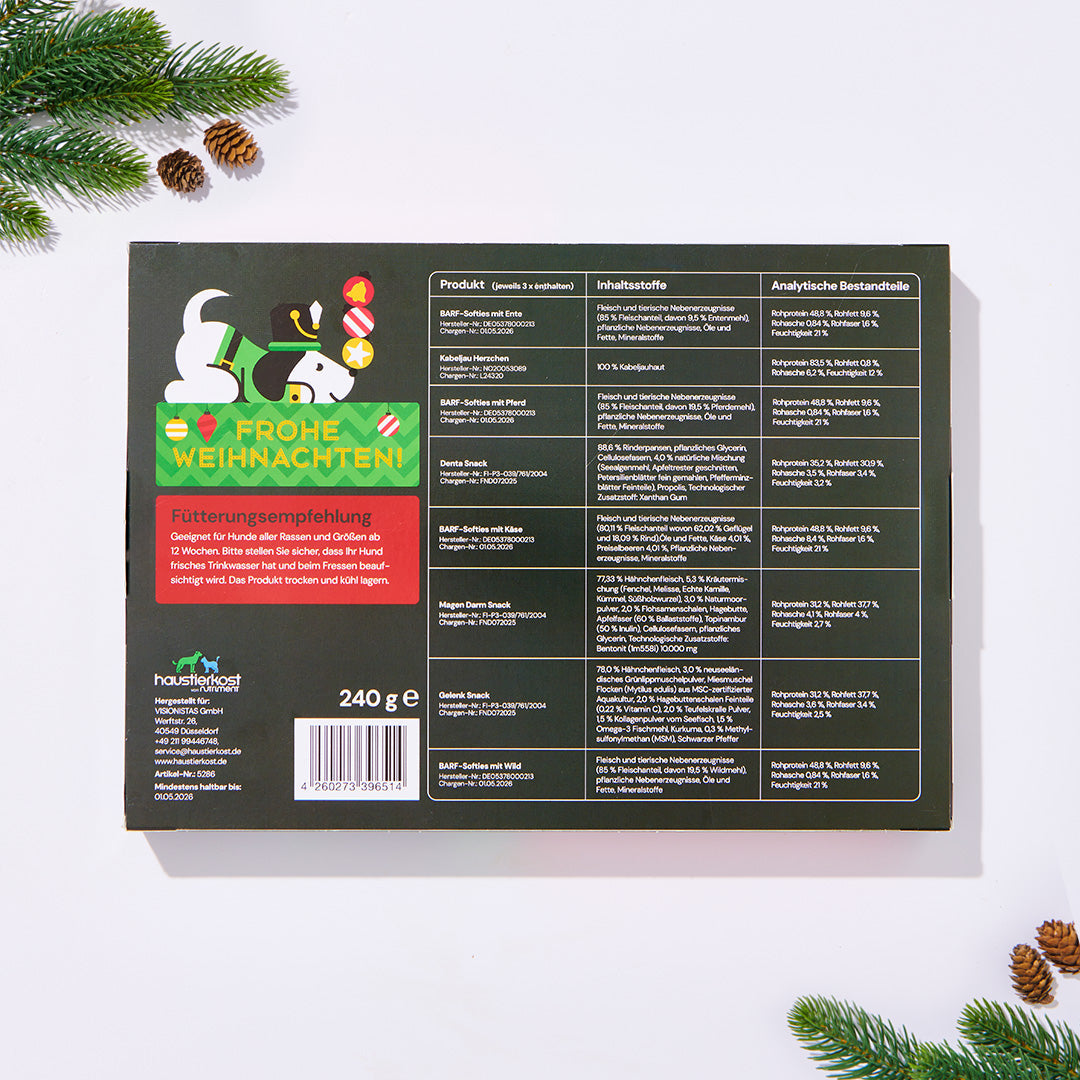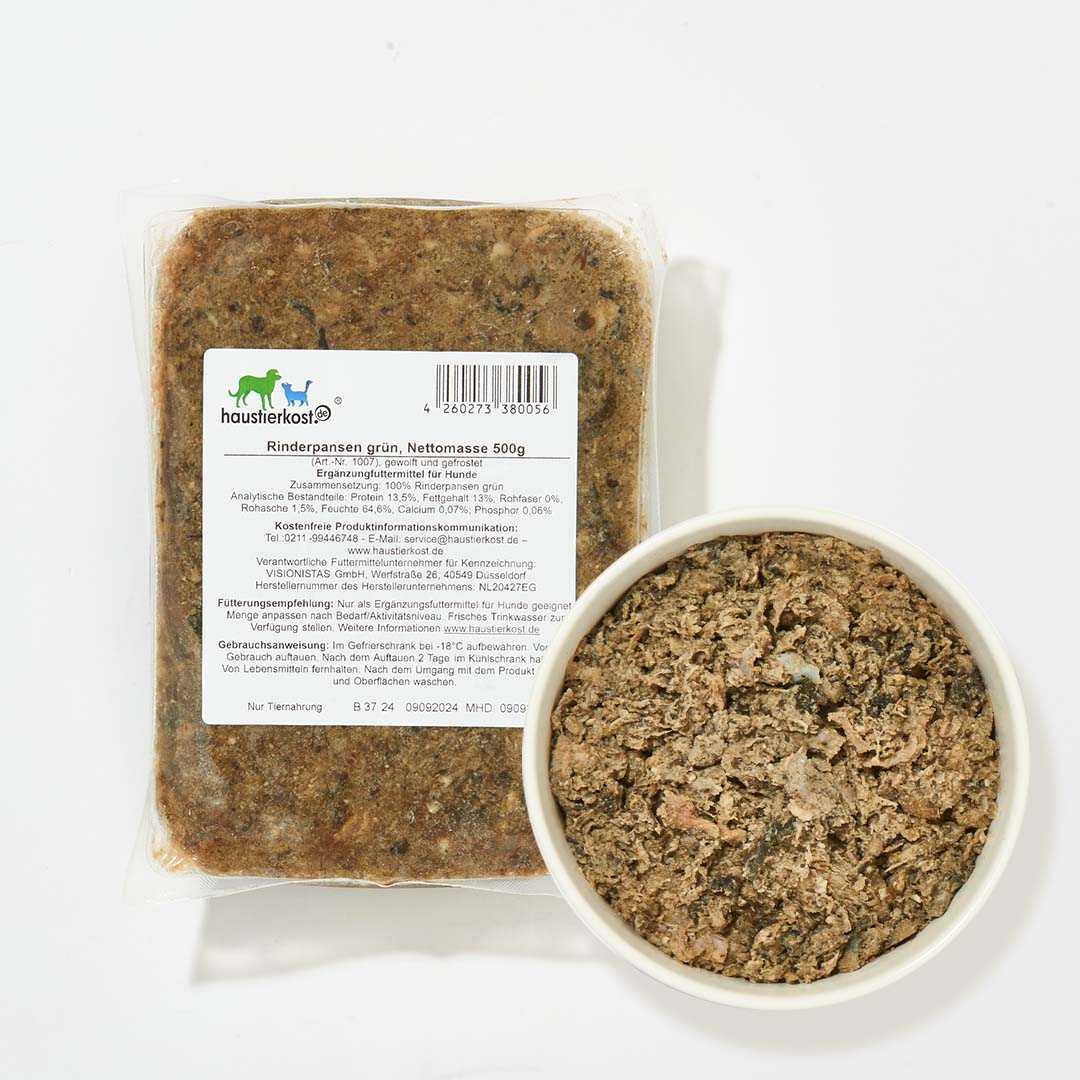Learning to walk your dog on a leash is an important part of dog training and a fundamental component for relaxed walks where both dog and owner work together. Read how you can train your dog to walk on a leash and get some helpful tips.
Training on a leash: Why does the dog pull on the leash?
If you want to train your dog to walk on a leash, it is first important to understand why your dog sometimes pulls on the leash. For dogs, the daily walk serves more than just the purpose of doing their business; it is also the most important source of information about their surroundings or territory. The sensitive dog nose detects markings from other dogs or other interesting sources of smell. Therefore, you should give your dog time to live out these instincts, but without giving up the leadership in the dog-human duo. Take the time to let your dog explore its surroundings.
Training your dog on a leash: Environment and the right attitude are important
If you want to train your dog to walk on a leash, you should make sure that the session takes place in as relaxed an atmosphere as possible. A path with little through traffic or car traffic in nice but not too hot weather is ideal, for example. Distractions such as cell phones should be left out during the training session anyway.
By the way, your dog should already know at least the command “heel” or a variation of it when going outside. This saves you stress and can be much safer if the worst comes to the worst.
Another trick to get your dog's attention is to take a (favorite) toy with you on the training session. This will keep your dog's attention on you. A squeaky toy can also be helpful for this purpose.
If the dog is able to walk on the leash, praise and treats can help the dog to associate this behavior with something positive. If, on the other hand, the dog wants to dictate the way, be stubborn and approach the animal with perseverance. Call the dog to you - if it responds and comes to you, reward this behavior as well. If the dog abruptly tugs on the leash, change direction and keep walking - this shows the dog that you dictate the direction.
Training your dog to walk on a leash: patience will pay off
Just like most other activities, walking on a leash and training the appropriate behavior is a process. Even stubborn dogs learn over time that walking is much more fun when the dog and owner are on the same page. Be friendly but firm during training - anger or shouting are not helpful for training (or for the dog's mental health), but rather harmful. If the dog often pulls on the leash, using a chest harness instead of a collar can help to relieve the strain on the neck.
If the dog shows signs of stress, tiredness or being overwhelmed, training should be stopped - the dog will then no longer be able to continue learning.
A dog's ability to walk on a leash is one of the signs of a good relationship between animal and human, because in this case they function as a unit. In the best case, the dog follows the human's signals - so even after successful training, avoid excessive distractions such as constantly playing on the mobile phone. This can even be dangerous in some circumstances, for example if cars or bicycles are not recognized in time and the dog wants to chase them.
In our BARF shop there are lots of training treats for dogs from different protein sources that you can use to train and reward your dog for walking on a leash. The training sausage for dogs is also ideal for this purpose.











































